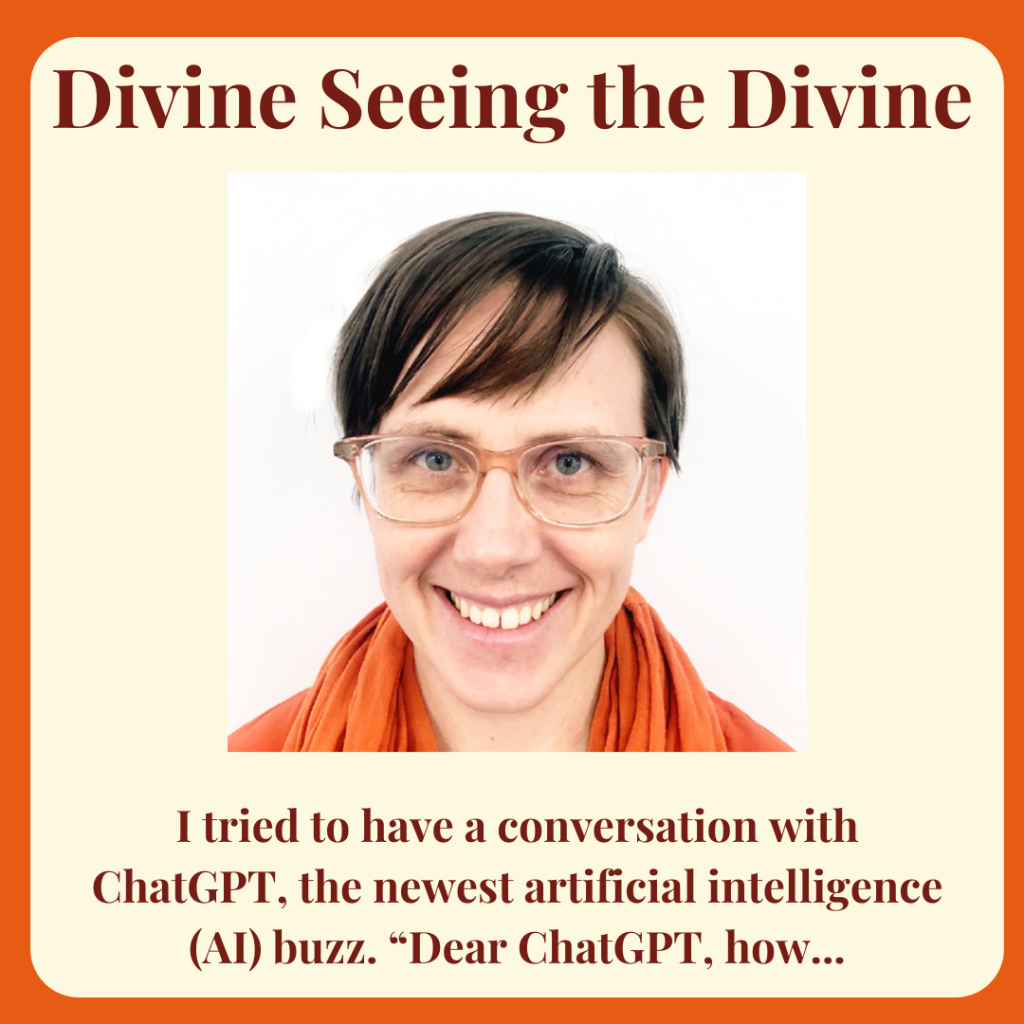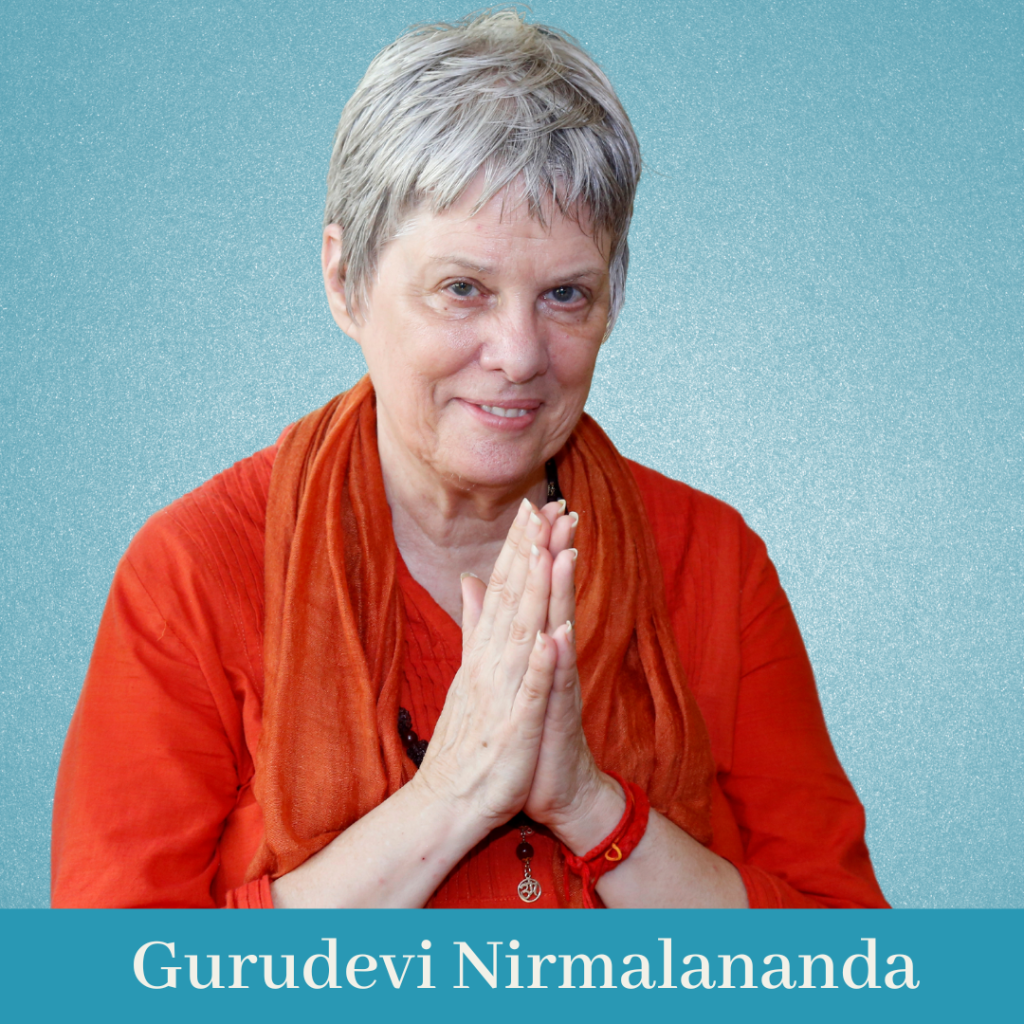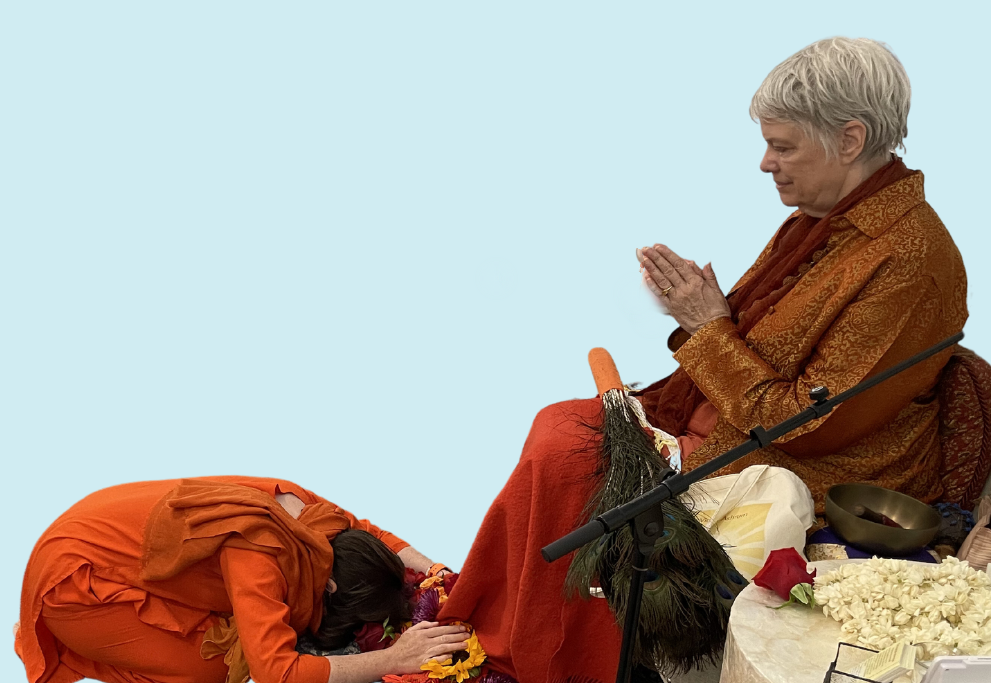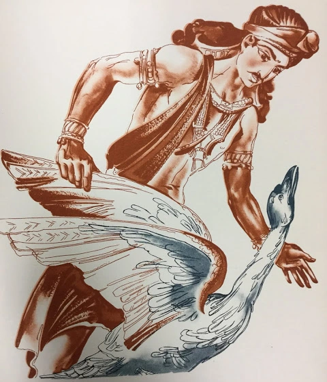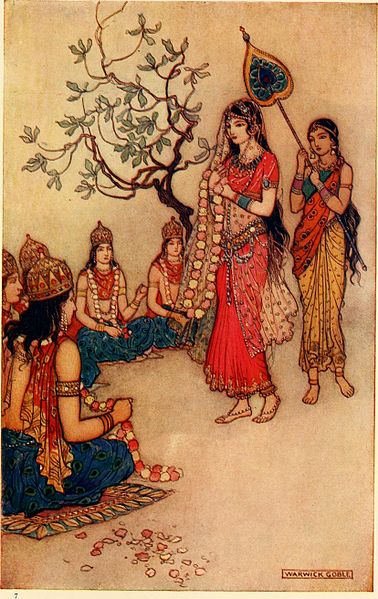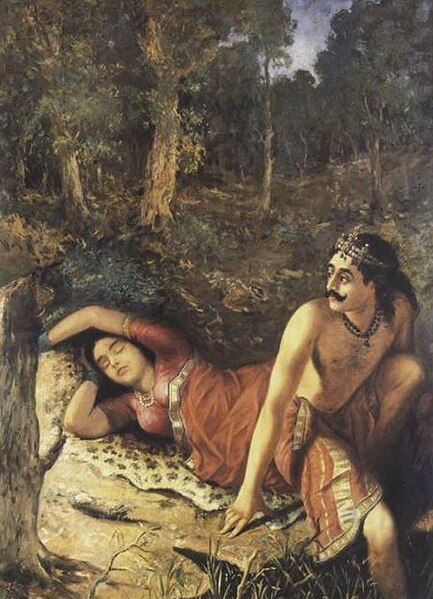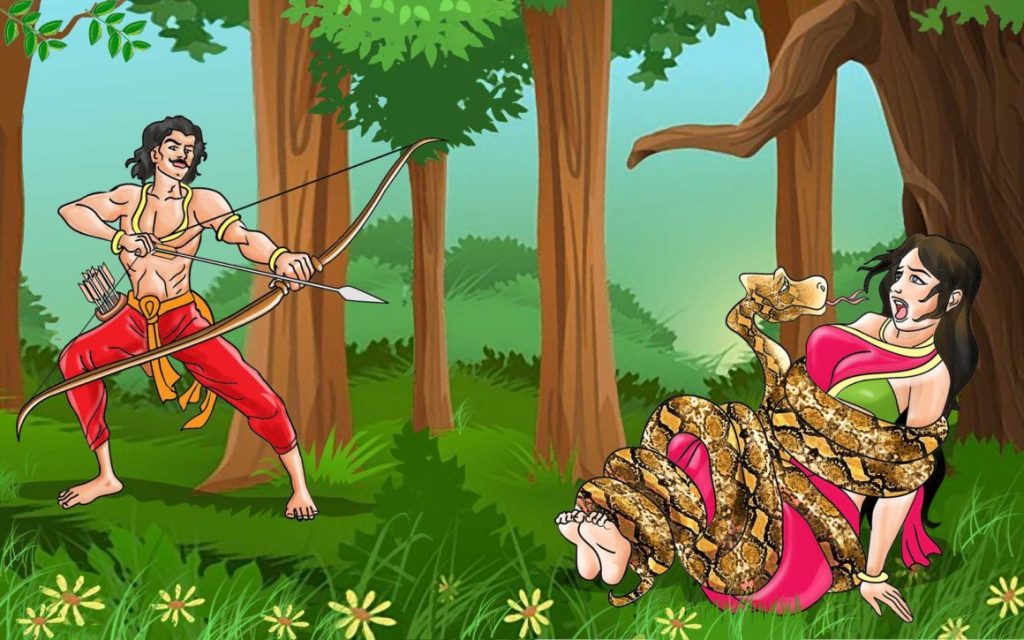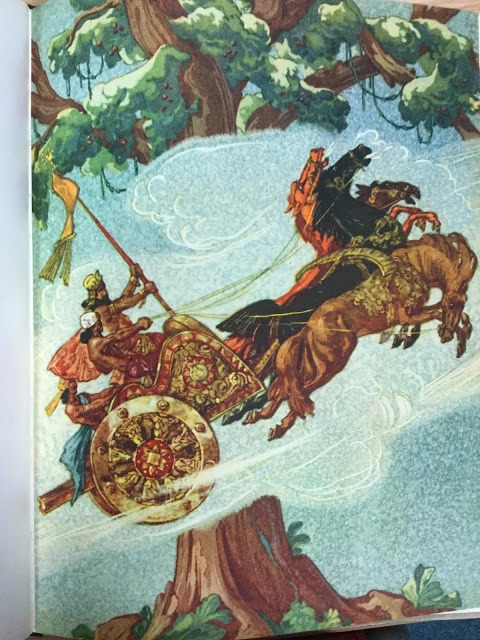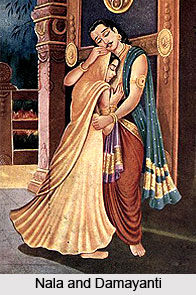By Swami Satrupananda
I delight in stopping at our local gas station and convenience store. While the location is convenient, it’s the people that make the difference. One of the cashiers recognizes me. She calls me “Dear.” We chit-chat and exchange smiles. Simple, yet caring and meaningful.
In contrast, I tried to have a conversation with ChatGPT, the newest artificial intelligence (AI) buzz. “Dear ChatGPT, how are you today?” I asked.
It replied, “As an AI language model, I don’t have personal feelings or emotions…” There was no eye contact. No smiles. No connection. I went on to ask ChatGPT a variety of questions and got lots of interesting facts. It is impressive technology. But it does not compare to my exchange with the cashier.
Human relationships are important. “Namaste,” a customary greeting in India, illuminates the significance of human relationships:
I honor the place in you in which the entire universe dwells.
I honor the place in you in which is love, truth, light and peace.
When you are in that place in you & I am in that place in me, we are one.
(attributed to Ram Dass)
When you truly greet someone, you see and honor the One Divine Reality that is being them. It is the same Divine Reality that is being you and everyone. The One Divine Reality is also the source of the whole universe. Love, truth, light and peace arise from this One Divine Reality. When you truly greet someone, it is the Divine Reality seeing and honoring the same Divine Reality in the other.
The One Divine Reality has become everyone and everything. You can see and honor the One Divine Reality in all its manifestations. As I write this blog, the Ashram cat jumps onto my lap asking for food and cuddles. While I see her as the one Divine Reality being a cat, she sees me as a source of food and pets. It’s a delightful exchange, but it’s not as meaningful as with humans. That’s because we humans have the capacity to know our own Divine Reality. Therefore, when humans see each other, there is a capacity and depth of seeing that is deeper. So human relationships are important to being human.
While relationships are important, they are also challenging. When your dear ones are at their best, their one Divine Reality shines through their eyes, words and deeds. They are so loveable. But your dear ones aren’t always at their best. When they are having a bad day, the One Divine Reality isn’t shining through as much. Instead of being bathed in the rays of Divine Reality pouring through them, they are like a dark stormy cloud casting shadows. You respond to their clouds and even forget your own light. Then the two of you are lost in the shadows. Relationships can be difficult.
Spiritual seekers have taken different approaches in dealing with the trickiness of human relationships. A popular approach is to avoid human relationships. Throughout time and across cultures, people have left relationships to live in solitude in the name of their spiritual search. Saint Benedictine left Rome because he was disturbed by the immorality of the people. He lived as a hermit in a cave for three years. Similarly, India has a strong tradition of yogis living in the caves of the Himalayas. These yogis left relationships behind to avoid their distraction and impact.
In contrast, other spiritual traditions make relationships the keystone. Some orders of nuns marry Jesus as part of their vows. Bhakti yogis in India focus their practice on their love for God, typically Krishna as an incarnation of God. Seekers on these paths pour their human capacity for relationship towards God. God purifies and expands this human capacity.
Kashmir Shaivism is founded on a living human relationship. It is centered on the Guru-Disciple relationship. The Guru is one who abides in their own Divine Reality and has the duty to uplift others. They don’t have any clouds casting shadows on their Divine Reality. Instead, they shine brightly all the time. When a Guru greets you, they only see your Divine Reality. This is the blessing of the Guru-Disciple relationship.
One of the rituals that focuses on this divine sighting is called darshan. The disciple comes up to the Guru, typically bows, and then has a moment with the Guru. I have done this ritual with my Guru, Gurudevi Nirmalananda, hundreds of times.
Recently, I had the opportunity for darshan after a deep meditation. I felt grounded and expanded in my Divine Reality. When I bowed and came up, Gurudevi was looking at me. I could tell that she was seeing something more in me than I was experiencing. She sees my Divinity even when I can’t. Yet by seeing her seeing me, I knew there was more to me. And it felt magnetic. Based in her Divine Reality, Gurudevi was drawing out the same One Divine Reality in me.
Kashmir Shaivism also emphasizes that you are in a relationship with a living Guru. You can have relationships with the past Gurus, similar to how the nuns marry Jesus and bhaktis devote their life to Krishna. But the living Guru talks back. The living Guru gives you practices. The living Guru incorporates the reality of your physical form and senses. The living Guru gives you a full bodied, multidimensional relationship. In this way, all levels of your being may be purified by the light of the Divine Reality that shines from them.
The goal of the Guru relationship is for you to know your own Divine Reality. The Guru sees the Divine Reality in you. The Guru shines their Divine Reality fully to you. You follow the Guru’s directions and practices to cooperate in the process. Then you come to know your own Divine Reality all the time. Then you shine fully. You then bring your Divine light into your relationships. You don’t need your loved ones to shine to make them loveable. Instead, you shine. You see and honor the Divine Reality in them.
